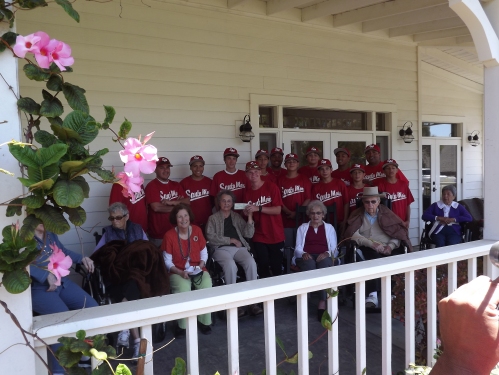Worried about your risk of dementia? It’s common for relatives of elders with Alzheimer’s or other forms of dementia to wonder if they are at higher risk for these diseases as well. According to the Alzheimer’s Association, “Those who have a parent, brother, sister or child with Alzheimer’s are more likely to develop the disease. The risk increases if more than one family member has the illness. When diseases tend to run in families, either heredity (genetics) or environmental factors, or both, may play a role.”
The good news is, genes are not destiny and it is thought that dementia is a result of a combination of genetics, environment, and lifestyle. There are more and more research dollars being directed towards prevention! Here is a look at some of the recent research that is trying to capture what can lower our risk for Alzheimer’s and other forms of dementia.
- Brains Sweep Themselves Clean of Toxins During Sleep Researchers have long known that sleep disorders and lack of sleep are risk factors for Alzheimer’s and other forms of dementia.
- Stressful Middle Age Tied to Alzheimer’s Risk in Women While there is no definitive evidence that reducing your stress can prevent Alzheimer’s, there is a good deal of research indicating that chronic high stress is a predictor of Alzheimer’s risk. It pays to look at what we might be able to do to both reduce the stressors in our life and also to manage stress more effectively. Some great ways to manage stress include yoga, meditation, prayer, exercise, and relaxation exercise.
- Systematic Review of Mediterranean Diet Confirms its Good for the Mind A recent systematic review of studies examining how a Mediterranean Diet might affect dementia risk confirmed that higher adherence to a Mediterranean Diet was associated with lower risk of cognitive decline and Alzheimer’s disease. A Mediterranean Diet is one that is high in olive oil, fresh fruits, fresh vegetables, and fish, as well as reduced consumption of dairy products and red meats.
- Why Berries May Delay Decline of Memory Berries aren’t just tasty, they also contain flavonoids which have anti-oxidant and anti-inflammatory properties. What’s more, this study indicated that consumption of berries by women over 70 was associated with a slower rate of cognitive decline. So pick up some berries on your next trip to the store





















